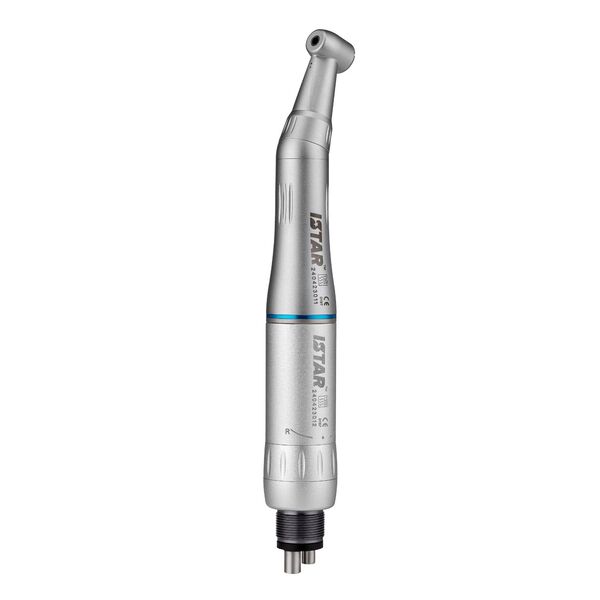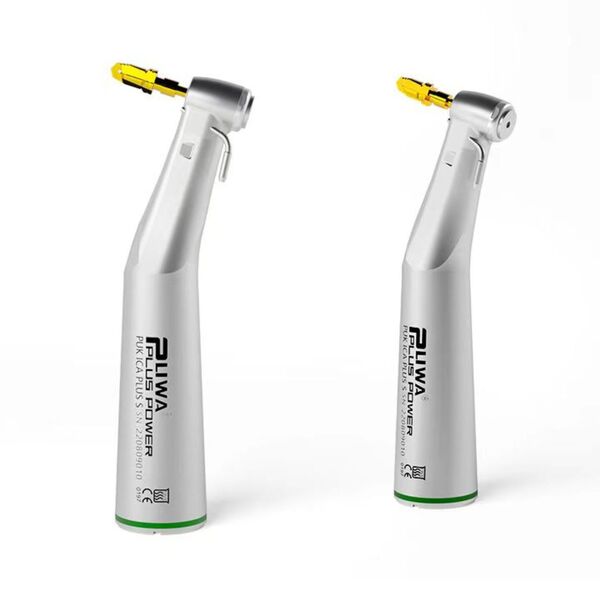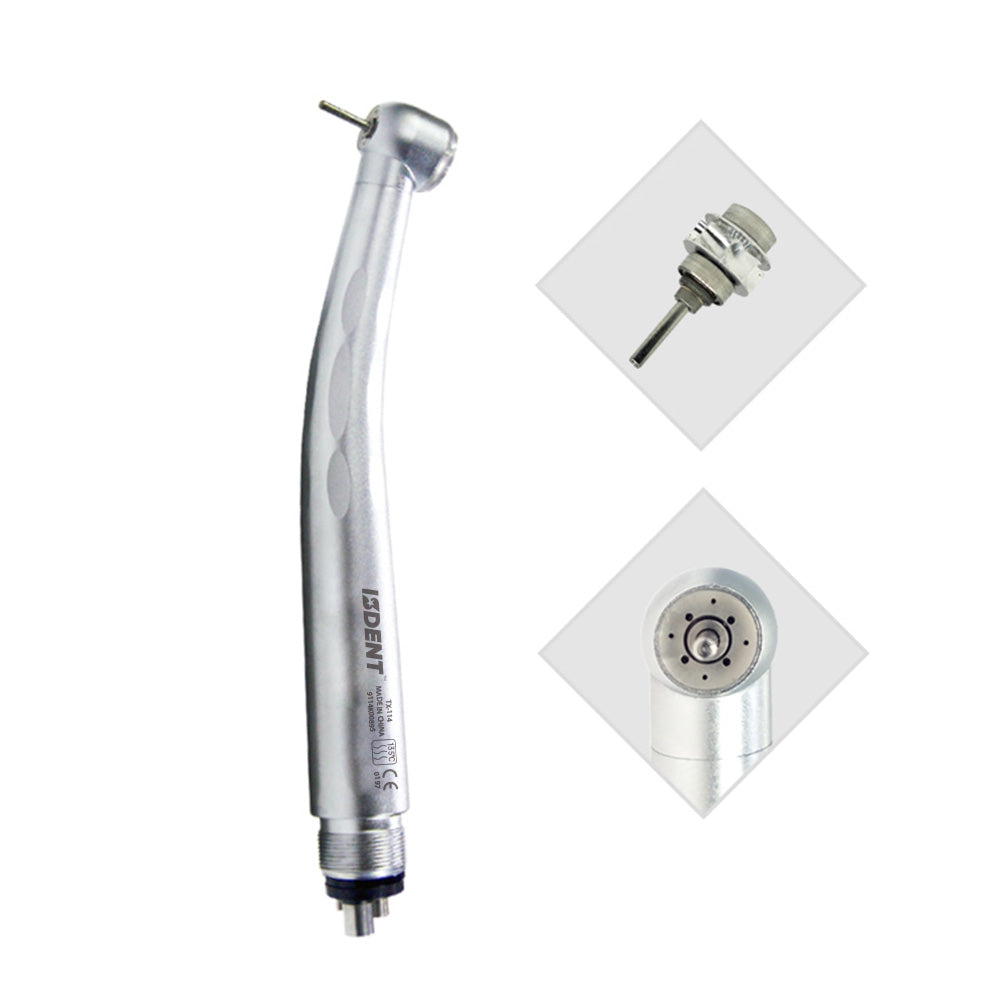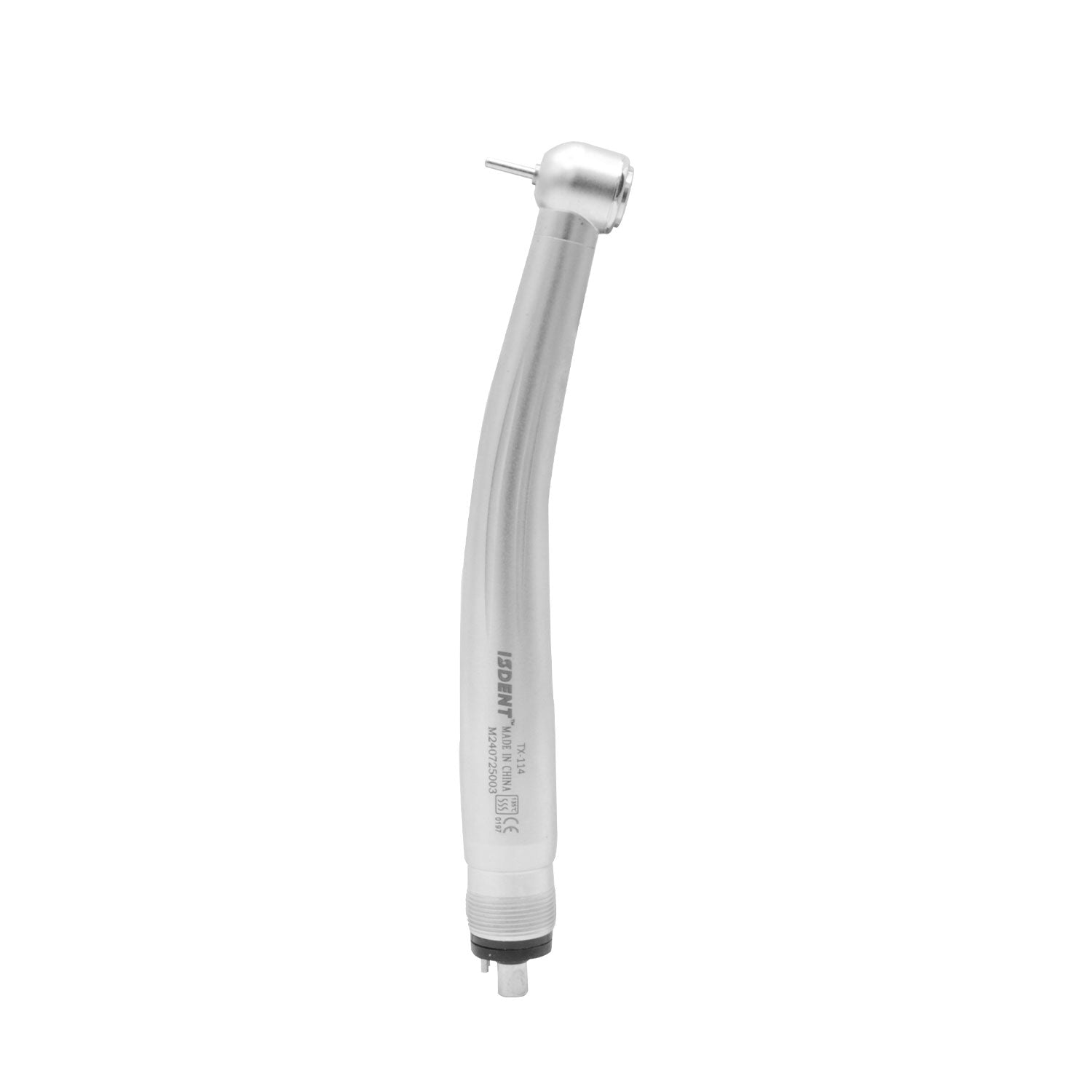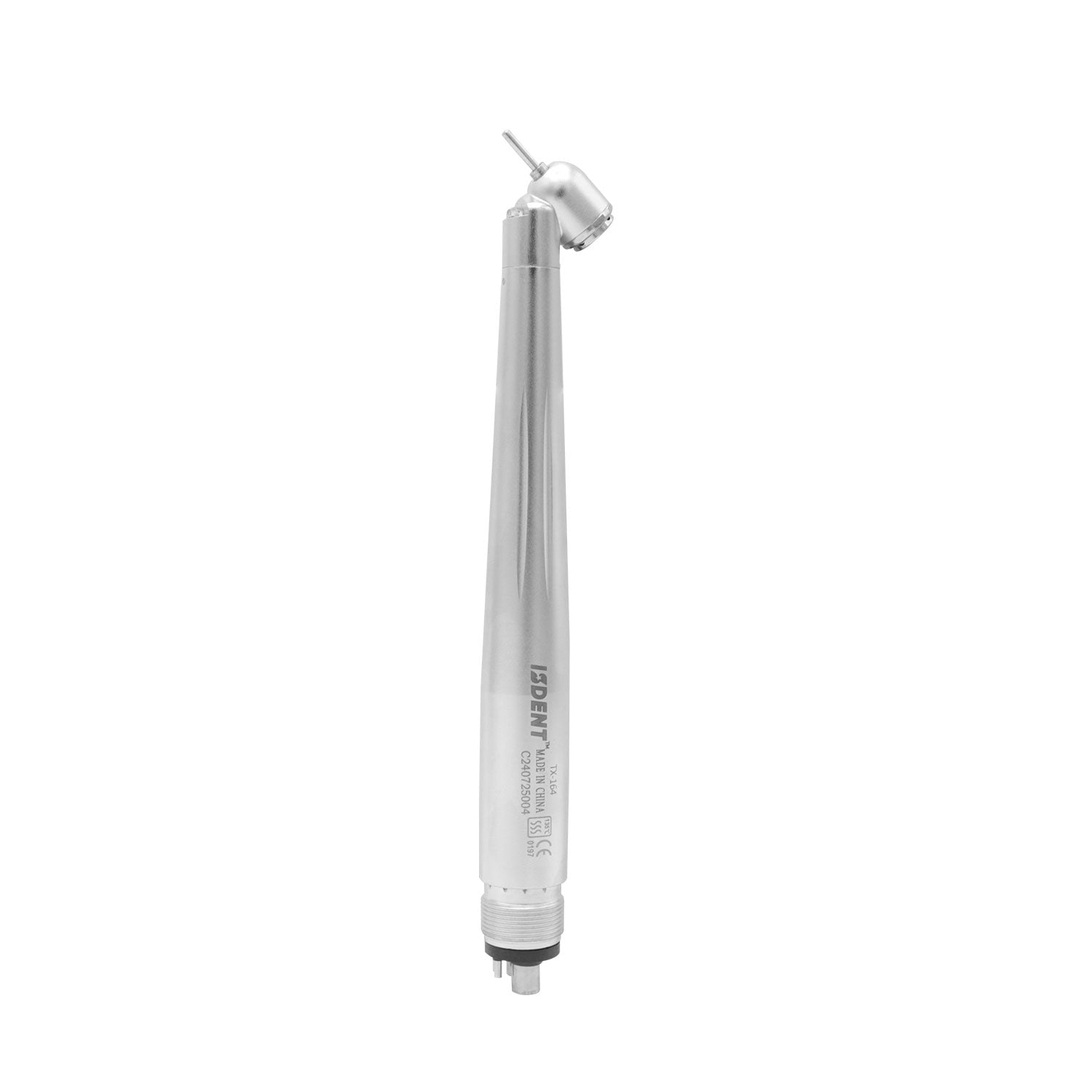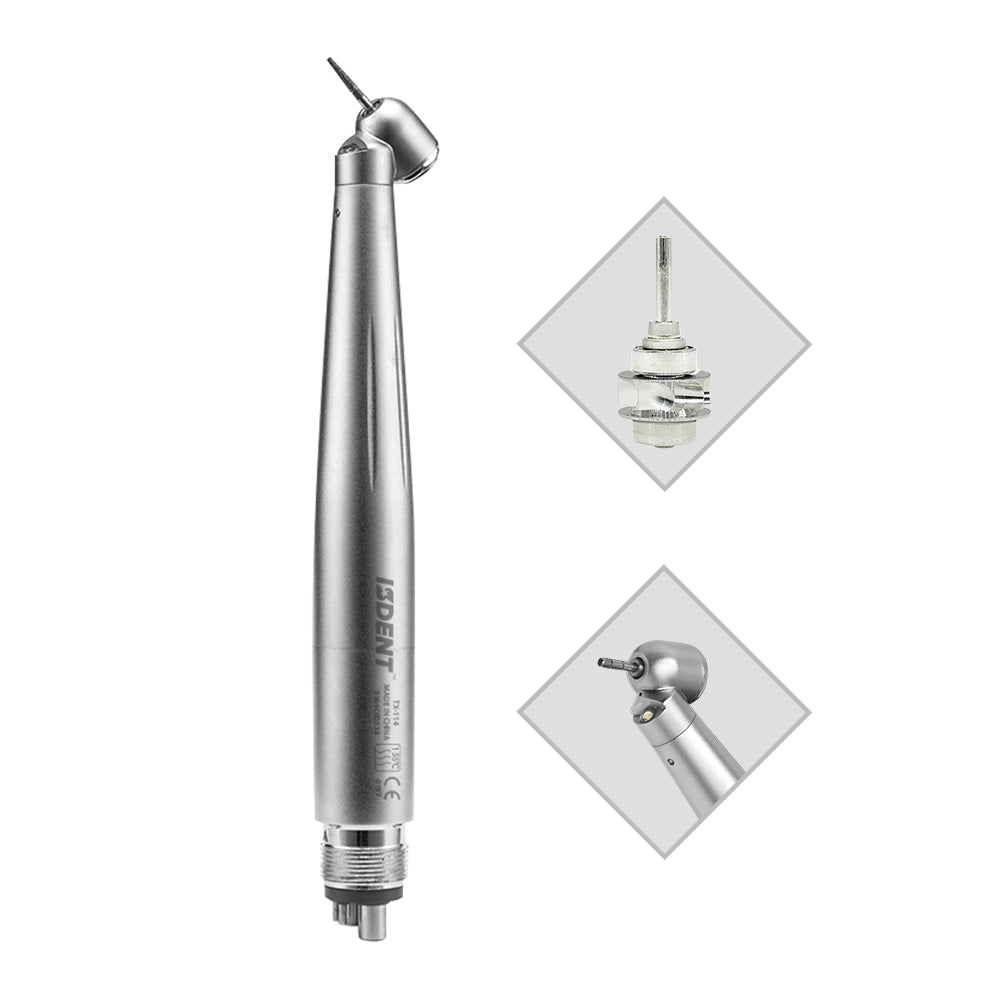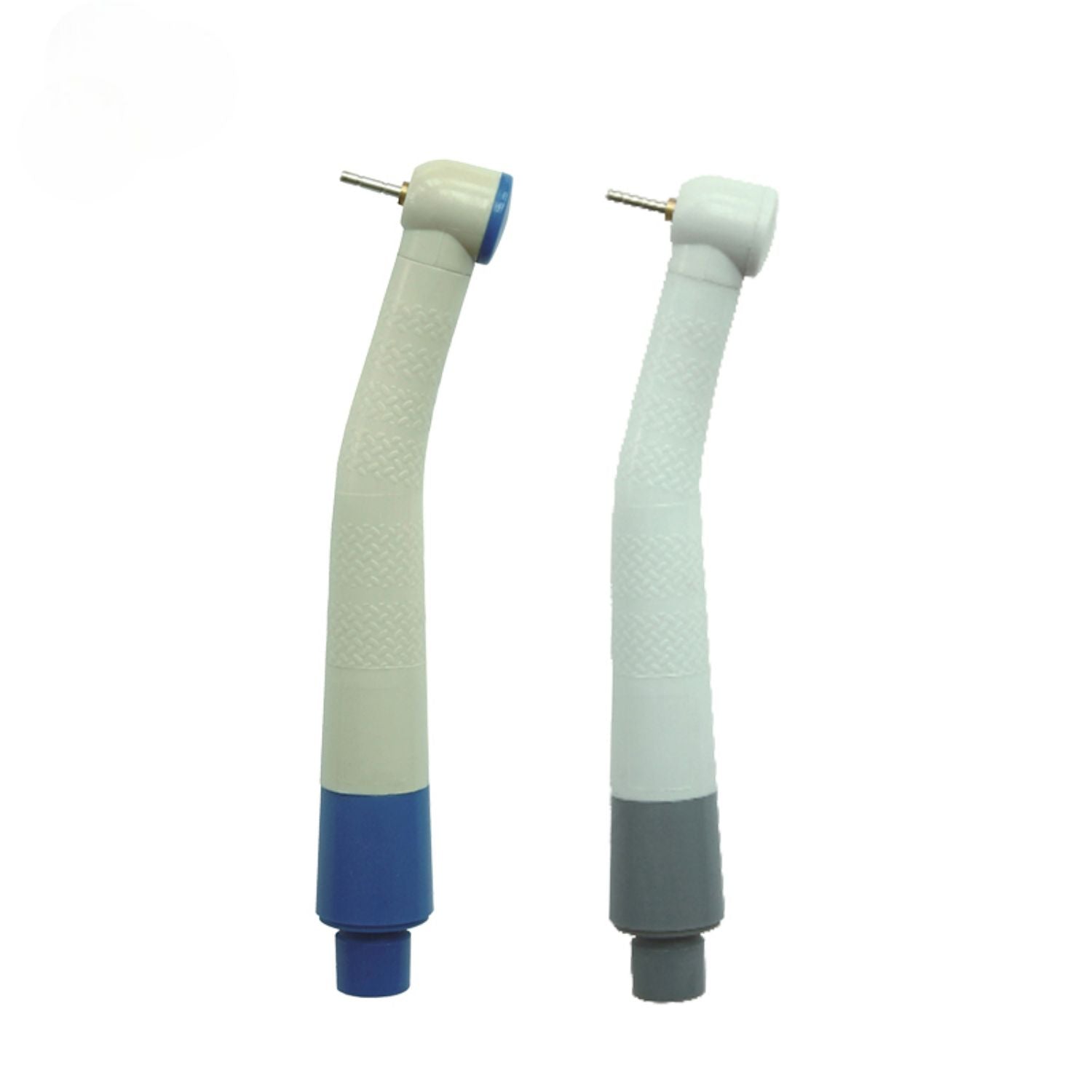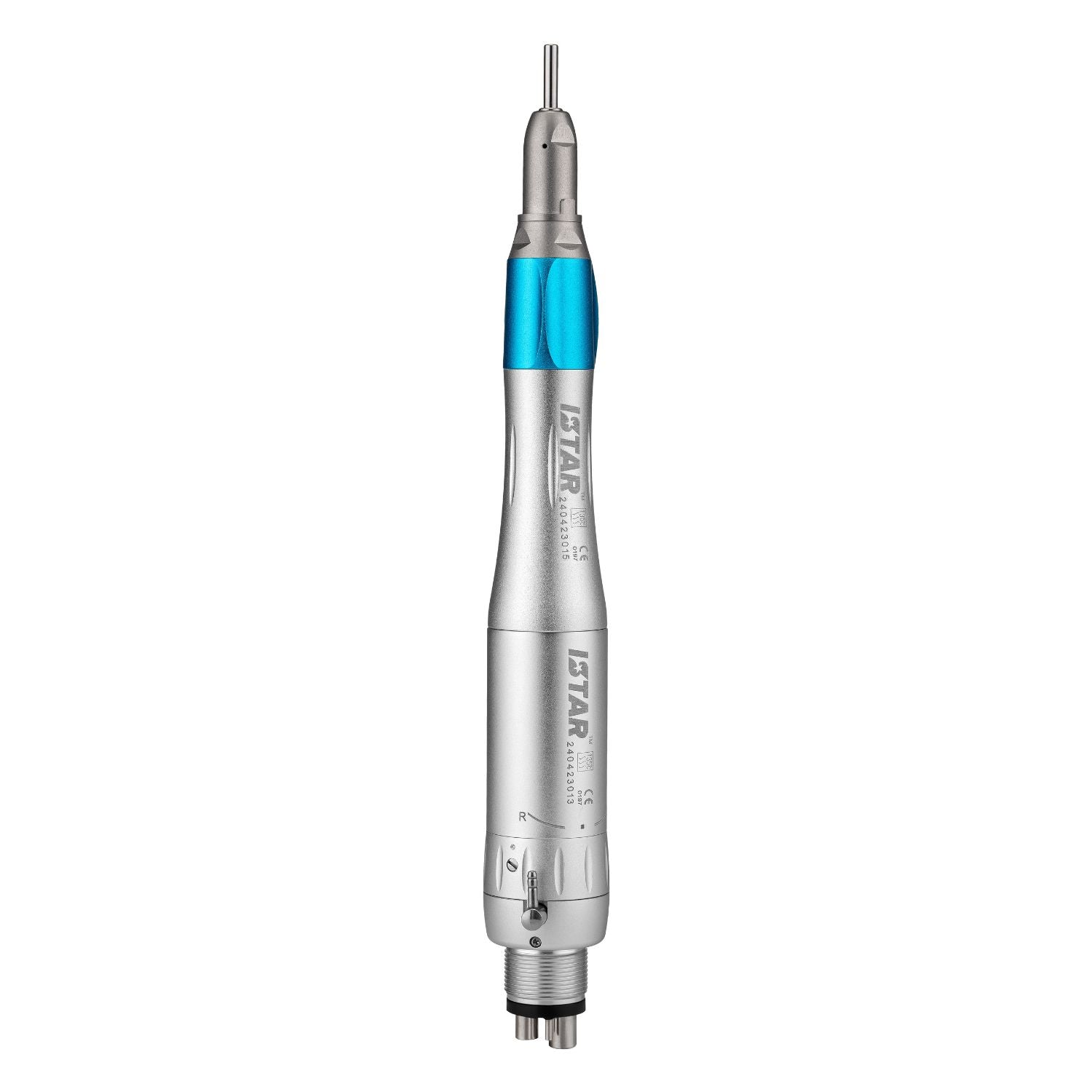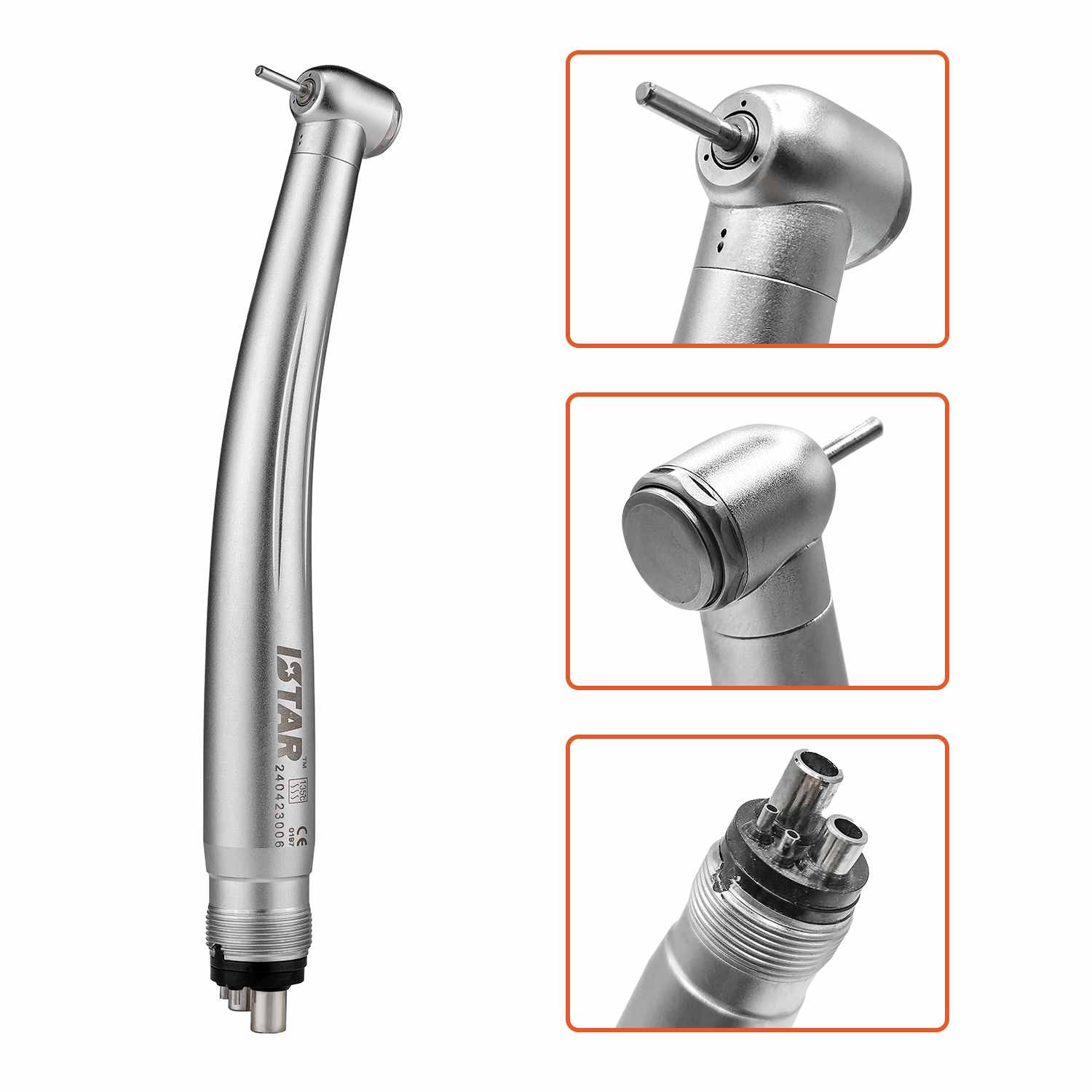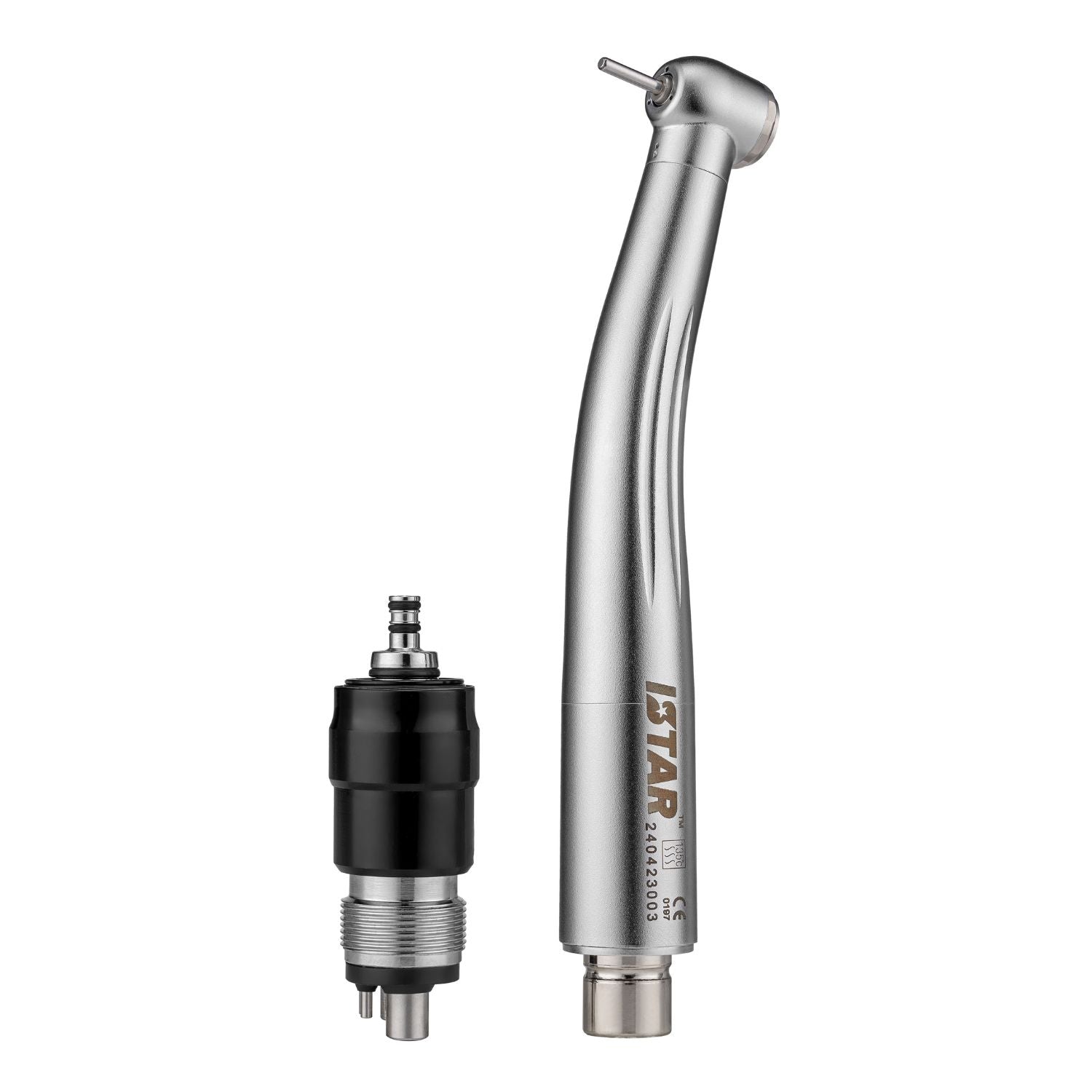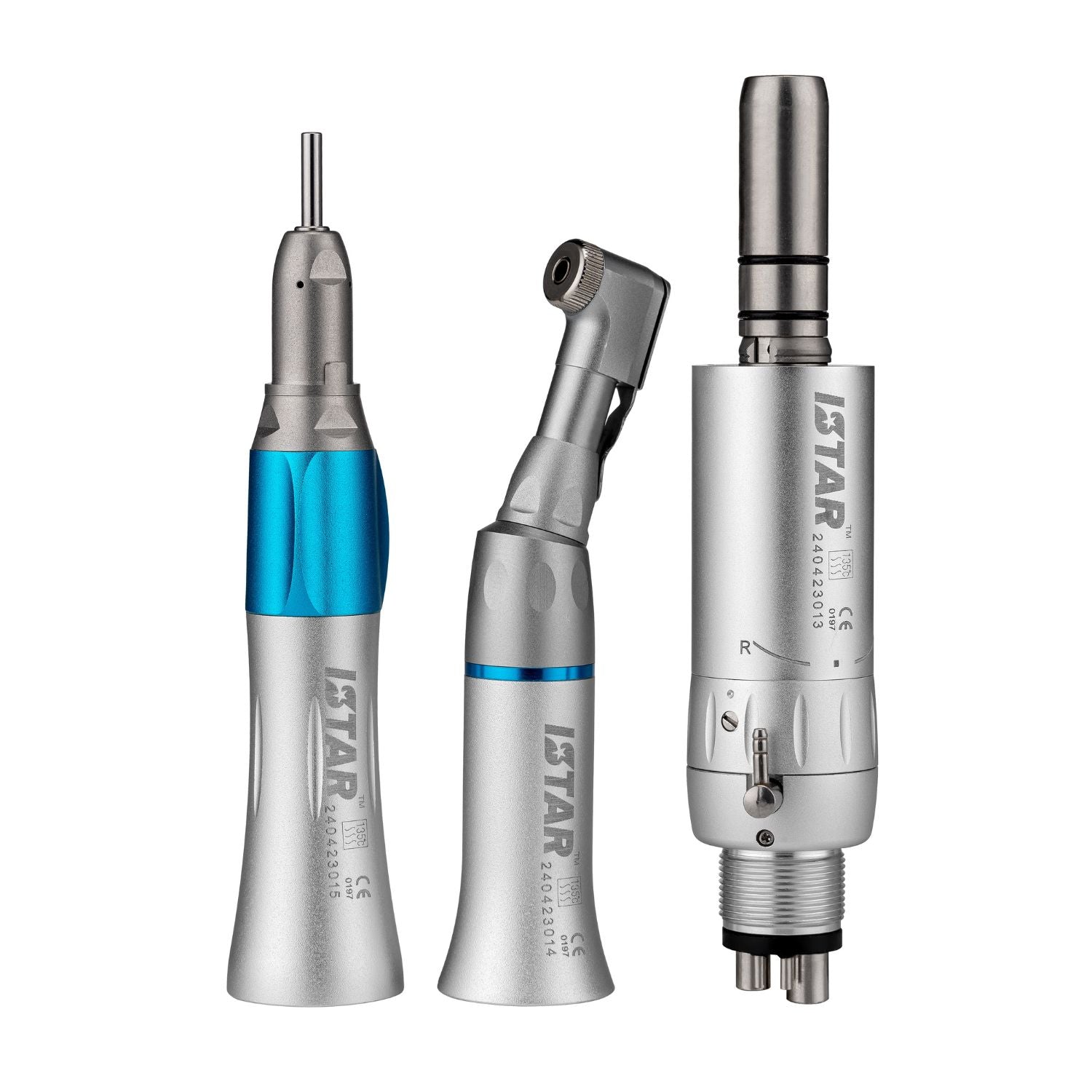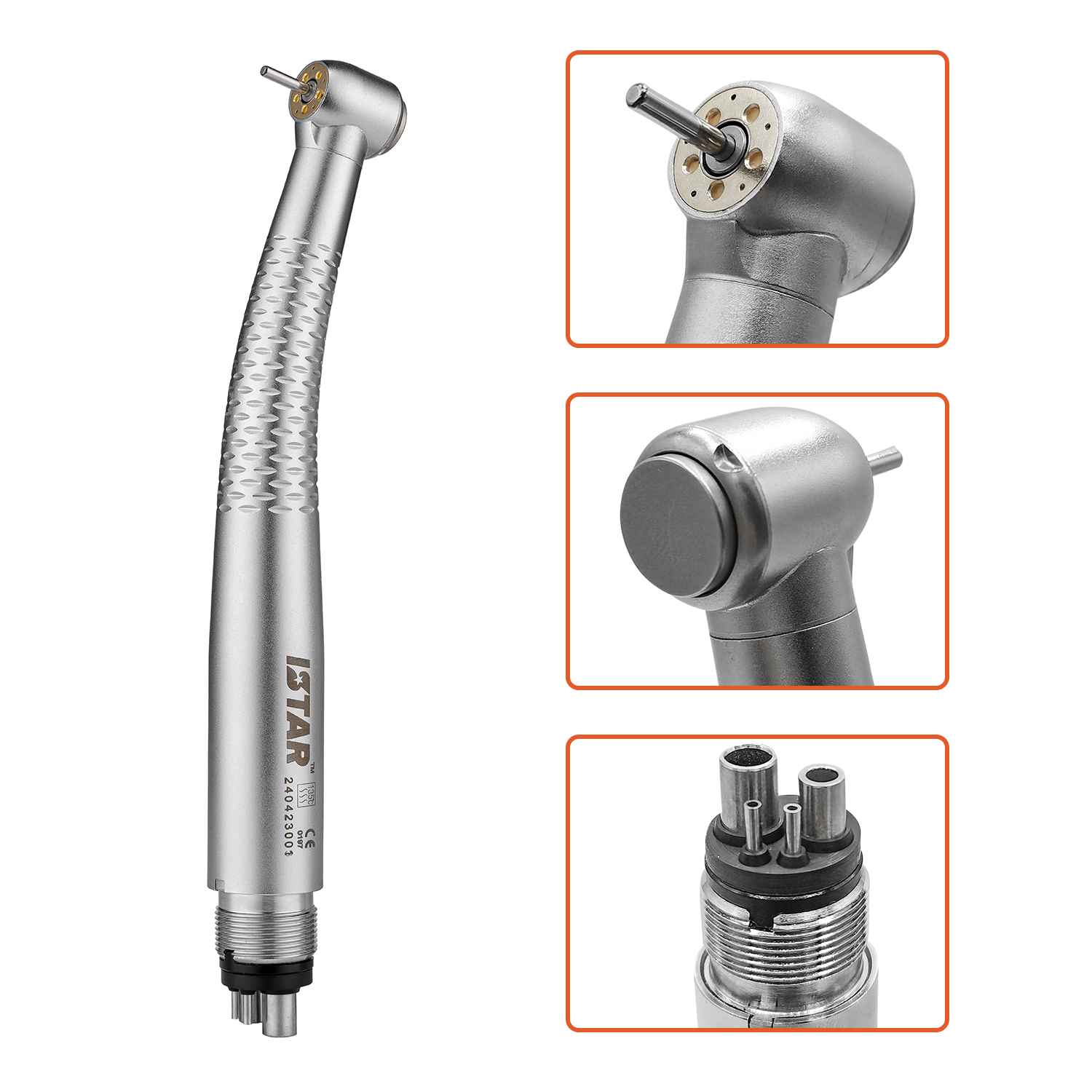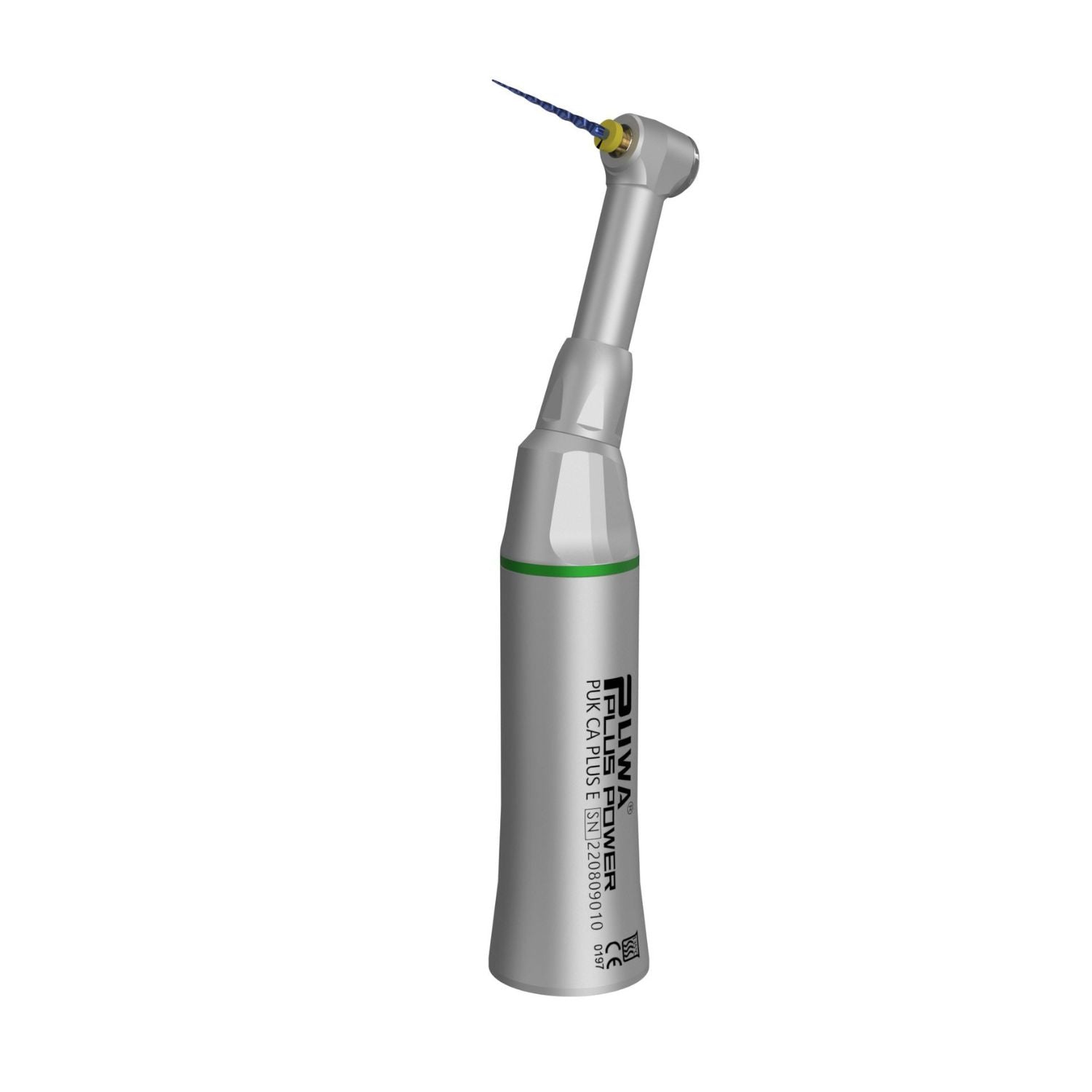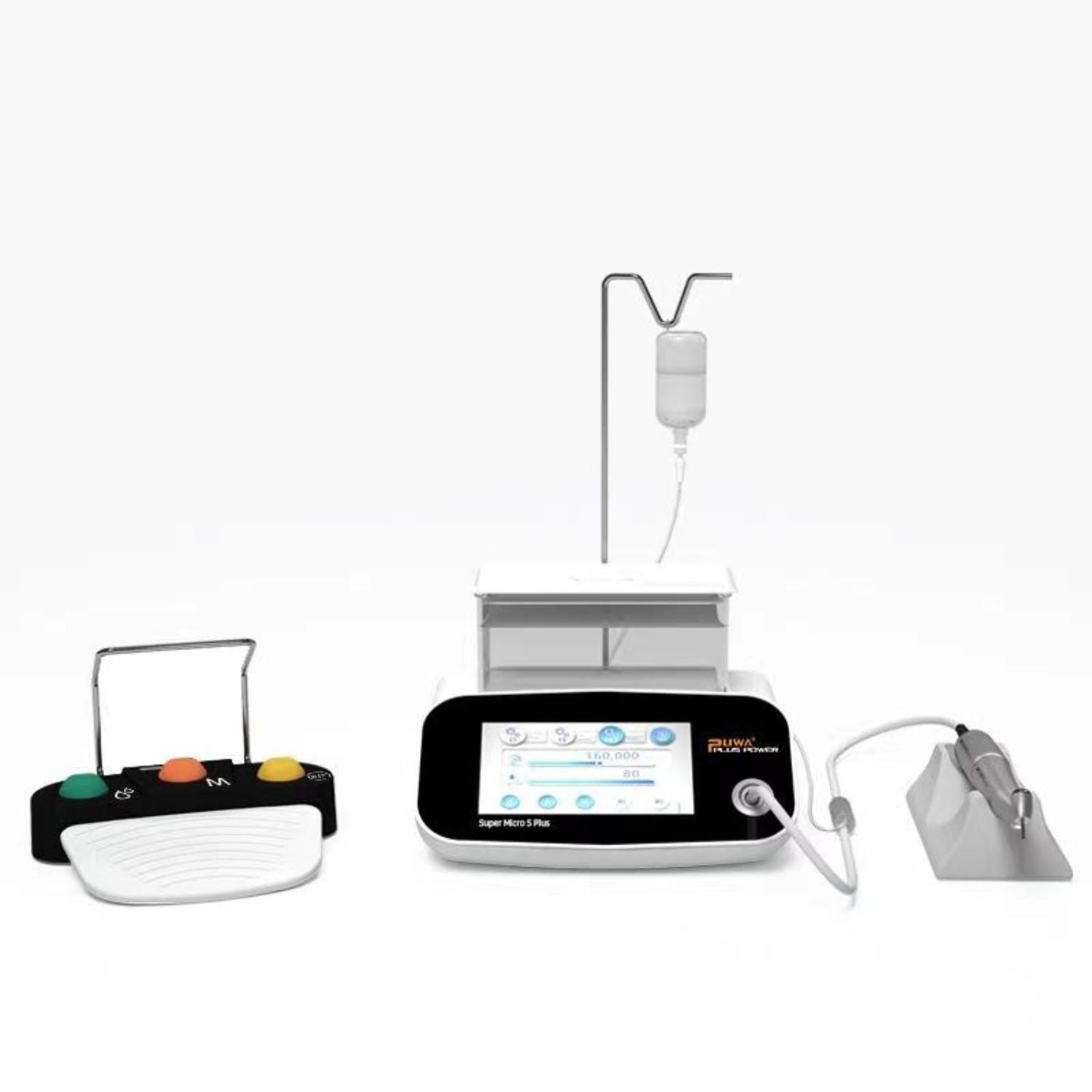Istar Dental Supply
Choosing Istar Dental Supply means you don't have to choose between quality and affordability. Our goal is to provide you with the best tools at the best prices, ensuring your practice can thrive without unnecessary expenses.
Key Features
High Accuracy
Our dental handpieces have a high degree of accuracy, which allows you to handle your patients' teeth more accurately and quickly during dental procedures, reducing unnecessary damage to their teeth. Accurate dental handpieces also reduce procedure time, which increases patient comfort.
Plenty of Power
Istar dental handpieces have plenty of power to help you get the job done, whether you're using a high-speed handpiece to prepare a patient's teeth for delicate restorations, or a low-speed handpiece to polish teeth and remove calculus!
Lifespan
Istar selects high-quality materials and uses a meticulous manufacturing process to create dental handpieces to ensure they can support high-intensity dental procedures. If you have a problem with your dental handpiece within 6 months of use, we will repair it for free!
Noiseless
The loud noise that occurs when dental handpieces are in use is certainly a source of annoyance for dentists, as it not only interferes with the dentist's operations, but can also cause patients to panic. So we've taken care of that by reducing the noise level of some of our dental handpieces to 50 decibels, so you and your patients won't be affected at all!

High Quality Ceramic Bearings
For a dental handpiece, the bearing is undoubtedly its heart, a good bearing not only relates to its accuracy and smoothness, but also has a significant impact on its service life. Istar uses high quality ceramic bearings for both high speed handpieces and low speed handpieces, which provide greater stability and corrosion resistance.
Ergonomic Design
In order to make it easier and smoother for dentists to operate their handpieces, all of our dental handpieces are ergonomically designed to reduce the fatigue of dental handpieces during long procedures.


Compatible with All Brands of Dental Chairs
Istar's dental handpieces are compatible with all dental chairs, all you need to tell us is whether the handpiece holes on your dental chair are 2 or 4 holes. We will get them to your office quickly.
FAQ About Dental Handpiece
The names of dental handpieces vary based on their different features, such as: High Speed Handpiece, Low Speed Handpiece, Straight Handpiece, Contra Angle Handpiece, Electric Handpiece Dental, Airotor Handpiece, Prophy Handpiece and Surgical Handpiece.
In dentistry, a handpiece is a critical tool used by dental professionals to perform various procedures. It is essentially a handheld, motorized instrument that can hold and operate various dental attachments, such as burs, drills, or endodontic files.
Due to the high-intensity work, dental handpieces often encounter some issues. In such cases, simple repairs may restore the handpiece to normal operation.
Please click "How to Repair Dental Handpiece" to see common problems and solutions for dental drills.
The important thing is to disassemble the handpiece into its removable components and clean and disinfect them.
Handpiece maintenance involves several crucial steps to ensure optimal performance and longevity.
This includes disassembling and cleaning removable components, applying proper lubrication, and sterilizing the handpiece according to manufacturer guidelines.
Regular inspections for wear and damage, prompt professional repairs, and detailed maintenance records are also essential. Proper storage in a clean, dry environment helps protect the dental lab handpiece from contamination and damage.
To properly oil dental handpieces, first remove any attachments and clean the handpiece. Attach the lubrication spray nozzle or use a dropper with the recommended oil.
Insert the nozzle into the drive air tube and apply the lubricant as instructed by the manufacturer. Run the handpiece for 20-30 seconds to distribute the oil, then wipe off any excess.
Follow with sterilization if necessary, ensuring the handpiece is dry beforehand. Regular oiling after each use maintains optimal performance and prolongs the dentist handpiece’s lifespan.
Dental handpiece repair parts are essential for maintaining functionality and include components like bearings, turbines, O-rings, cartridges, chuck assemblies, springs, rotor assemblies, couplings, gaskets, and drive air tubes.
Regular replacement and proper maintenance of these parts ensure the longevity and efficiency of handpiece in dentistry.
Dental handpiece RPM varies significantly based on the type and purpose of the handpiece:
- High Speed Handpieces:
RPM Range: Typically operate between 200,000 to 400,000 RPM.
Uses: Ideal for cutting tooth structure, removing decay, and shaping restorations due to their ability to rapidly rotate and provide precision. - Low Speed Handpieces:
RPM Range: Generally operate between 5,000 to 40,000 RPM.
Uses: Used for tasks like polishing teeth, refining cavity preparations, and adjusting dentures, where high speed is not necessary. - Endodontic Handpieces:
RPM Range: Usually operate between 150 to 30,000 RPM, with most endodontic procedures requiring lower speeds around 300 to 800 RPM.
Uses: Specifically designed for root canal treatments, providing the necessary control and precision at lower speeds.
The lifespan of a dental handpiece varies based on several factors, including the type of handpiece, frequency of use, maintenance practices, and quality of the handpiece. Here are some general guidelines:
- High Speed Handpieces:
Average Lifespan: Typically last between 1 to 2 years with regular use.
Factors: High-speed handpieces endure significant wear due to their high RPM and the heat generated during procedures. - Low-Speed Handpieces:
Average Lifespan: Can last 5 years or more.
Factors: These handpieces operate at lower speeds and experience less wear, leading to longer durability. - Endodontic Handpieces:
Average Lifespan: Generally last around 2 to 3 years.
Factors: Endodontic handpieces require precise control and may experience wear from frequent use in intricate procedures.
Any question?
If we still haven't answered your question, you can contact us below and we will get back to you as soon as possible.




